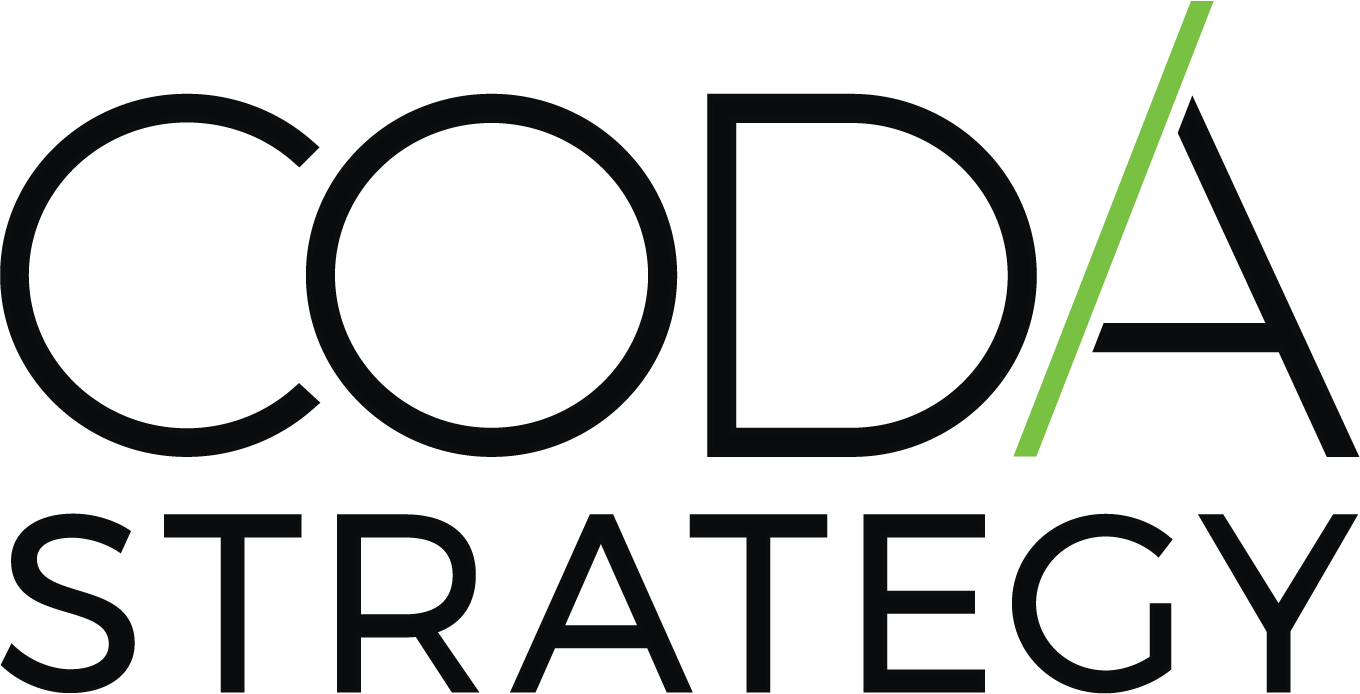A few years ago, when I was still just a senior manager, a partner at the firm posed an interesting question to me on integration strategy:
Why do so many systems integration leaders aspire to deliver digital transformation, but end up delivering tactical, piecemeal IT-only solutions?
Convinced that it was not for lack of ambition, I instead explored whether it may have been due to a lack of concrete, actionable plans to arrive at their desired digital transformation destination.
Indeed, driven by that initial question, I first combed through the existing research on integration strategy, seeing what the best of the best had to say. Next, I spoke with systems integration leaders, both within the firm and in the industry, to ask them for their thoughts.
I discovered two things. First, there were indeed a set of leaders who spoke highly of digital transformation, but who rarely intended to embark upon anything either digital or transformative, usually for fear of failure. Fortunately, they were in the minority.
The rest of those leaders, typically seasoned IT professionals, were sincere in their efforts, but lacked a proven playbook that they could use to generate excitement for their visions and garner executive support and funding.
With this insight as motivation, I spent the next few weeks creating this playbook to creating and executing an integration strategy, taking copious inspiration from Gartner’s excellent research on hybrid integration platforms.
An updated and abridged version of this playbook is contained below.
1. Identify the business drivers for future integration needs
The company’s digital strategy should drive prioritization of future integration capabilities. Thus, a leader’s integration strategy needs to be driven by a the company’s digital strategy.

Now, there are three fundamental integration patterns: data consistency, multistep process, and composite application. We need to prioritize which patterns will underlie future integration capability.
For example, an online retailer may adopt a customer engagement strategy and prioritize rich composite applications that deliver a seamless user experience. However, a hospital network with an operational efficiency strategy may prioritize the consolidation and retirement of legacy systems with a focus on data consistency.
2. Form an integration strategy empowerment team
Traditionally, integration specialists belonged to a Center of Excellence (CoE). However, integration CoE’s are no longer sufficient for the increasing volume of on-premise and cloud integration capabilities.
In contrast, an Integration Strategy Empowerment Team (ISET) should build and manage integration self-service tools, to help developers and end users help themselves. The ISET is responsible for developing the integration roadmap (step 3) and designing the hybrid integration platform (step 4) for the company.
3. Create an integration roadmap with the integration maturity model
To enable digital agility, integration must be both systematic to formalize standards and governance, and adaptive to support rapid development.
The integration maturity model offers a standard framework for the ISET to assess a company’s integration competency. The integration roadmap aligns future integration capabilities with the company’s business drivers and operating model.
I decided to adopt the five-stage Gartner framework as the basis of the integration maturity model.

4. Design a hybrid integration platform
The hybrid integration platform (HIP) is the reference architecture for the company’s requirements for boundary-less integration.
So a HIP defines the personas who use integration, the domains where integration happens, the endpoints that need integration, and the deployment models for how integration occurs. It should be assembled from a small base of leading integration platforms and adapted to the organization’s operating model.

5. Select leading integration products to execute the integration strategy
Product selection can be one of the most exciting steps in the playbook. Thus, many leaders want to start with product selection.
However, there is a reason it appears as step 5. Without proper drivers, a proper team, a roadmap, and a hybrid integration platform, product selection will lack the proper scope in order to be successful.
With those in place, we can select products using a product evaluation scorecard. I used the following generic scorecard as a starting point with clients:
- Overall product and service capabilities
- Ability to plan and design for complexity
- Responsiveness of product development to market conditions
- Fit with organization’s existing enterprise architecture
- Implementation effort
- Speed of delivery execution
- Availability of prepackaged solutions
- Size of talent pool in the market
- Ease of maintenance and support
- Procurement
- Cost and flexibility of licensing
- Company operations and prior purchasing experience
6. Implement architectural layers for the hybrid integration platform
Certainly, I did not invent the modern IT playbook. However, it almost goes without saying that in virtually all such playbooks, implementation is one of the last steps.
I decided to follow the same approach. I usually created an Implementation Program consisting of:
- A delivery model coordinates integration workstreams with other design and development workstreams. The delivery model supports various development methodologies like Waterfall, Iterative, Agile etc. and strategies like top-down, bottom-up or API First.
- An operating model balances ongoing development with operational support by maintaining effective feedback loops (e.g., via DevOps). The operating model helps in building automation and continuity in development, testing, delivery and operate integrations.
- A governance model establishes program management and change management controls. The governance model uses the integration maturity model, established by ISET, and provide feedback to enhance and improve it further.
7. Empower different integration personas with different integration tools
An effective HIP strategy includes effective change management for different integration personas that need different tools:
- Integration specialists require comprehensive integration products such as admin access to application integration suites and data integration suites
- Application developers are tech-savvy users who use a variety integration tools when needed, but do not require the full suite of an application integration products capabilities
- Citizen integrators are typically business users who need lightweight, self-service tools to sync data and update spreadsheets
- Integration managers need access to dashboards that showcase the development, deployment, and usage statistics of their teams’ integrations
- HIP Administrators are responsible for managing highly available and scalable infrastructure for business continuity and future business needs.
Using the Integration Strategy Playbook
For me, the integration strategy playbook offered a great conversation starter with visionary IT leaders, looking to jump-start their digital transformation journeys. I would combine the playbook with several other assets, such as:
- Business value assessment tools,
- Reference architecture models,
- Team structure templates, and
- Managed services frameworks
For clients, the playbook offered a structured, methodical approach to translate vision into action. For teams, it offered guiding principles for them to judge where they were and where they needed to be.






